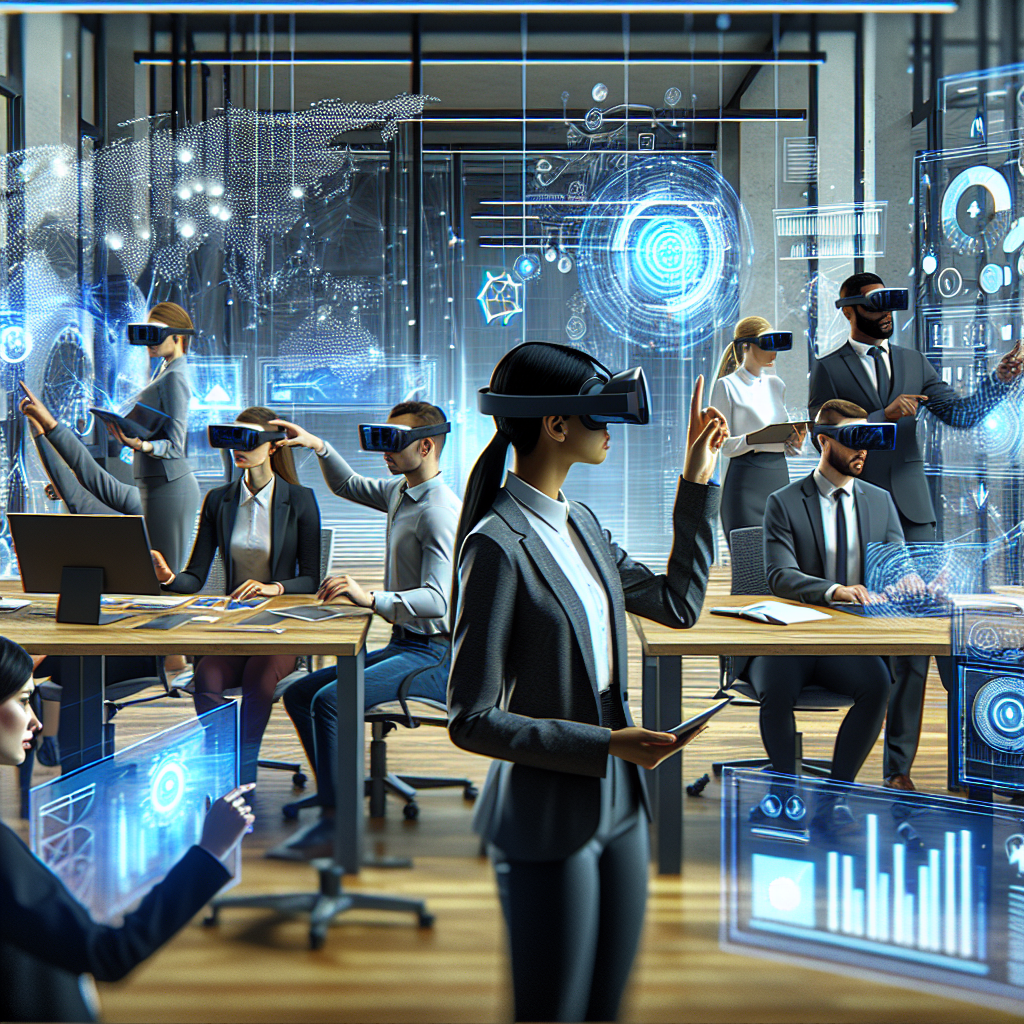Virtual Reality in the Workplace: Enhancing Productivity and Collaboration
Virtual reality (VR) technology has been making waves in various industries, and the workplace is no exception. With its ability to create immersive environments and simulate real-world scenarios, VR is revolutionizing how employees collaborate, communicate, and work together. By incorporating VR into the workplace, companies can enhance productivity and foster better collaboration among their teams.
One of the key benefits of using VR in the workplace is its ability to create a more engaging and interactive environment. With VR, employees can participate in virtual meetings, training sessions, and team-building exercises from anywhere in the world. This not only saves time and money on travel expenses but also allows for more flexibility in scheduling meetings and training sessions.
Furthermore, VR can help employees better understand complex concepts and processes by providing visual and interactive simulations. For example, in industries like engineering and architecture, VR can be used to create 3D models of buildings or machinery, allowing employees to explore and interact with them in a virtual space. This can help employees gain a better understanding of how things work, leading to improved problem-solving and decision-making skills.
In addition, VR can also facilitate better collaboration among teams by providing a shared virtual space where employees can work together on projects in real-time. This can be especially beneficial for remote teams who may not have the opportunity to meet in person regularly. By using VR, employees can collaborate on projects, brainstorm ideas, and provide feedback in a more immersive and interactive way, leading to better communication and teamwork.
Moreover, VR can also be used for training purposes, allowing employees to practice and improve their skills in a safe and controlled environment. For example, in customer service or sales roles, employees can simulate interactions with customers or clients in a virtual setting, helping them hone their communication and problem-solving skills. This can lead to better customer satisfaction, higher sales, and improved employee performance.
Overall, virtual reality technology has the potential to revolutionize the workplace by enhancing productivity, improving collaboration, and fostering better communication among employees. By incorporating VR into their operations, companies can stay ahead of the curve and provide their employees with the tools they need to succeed in a fast-paced and ever-changing work environment.


